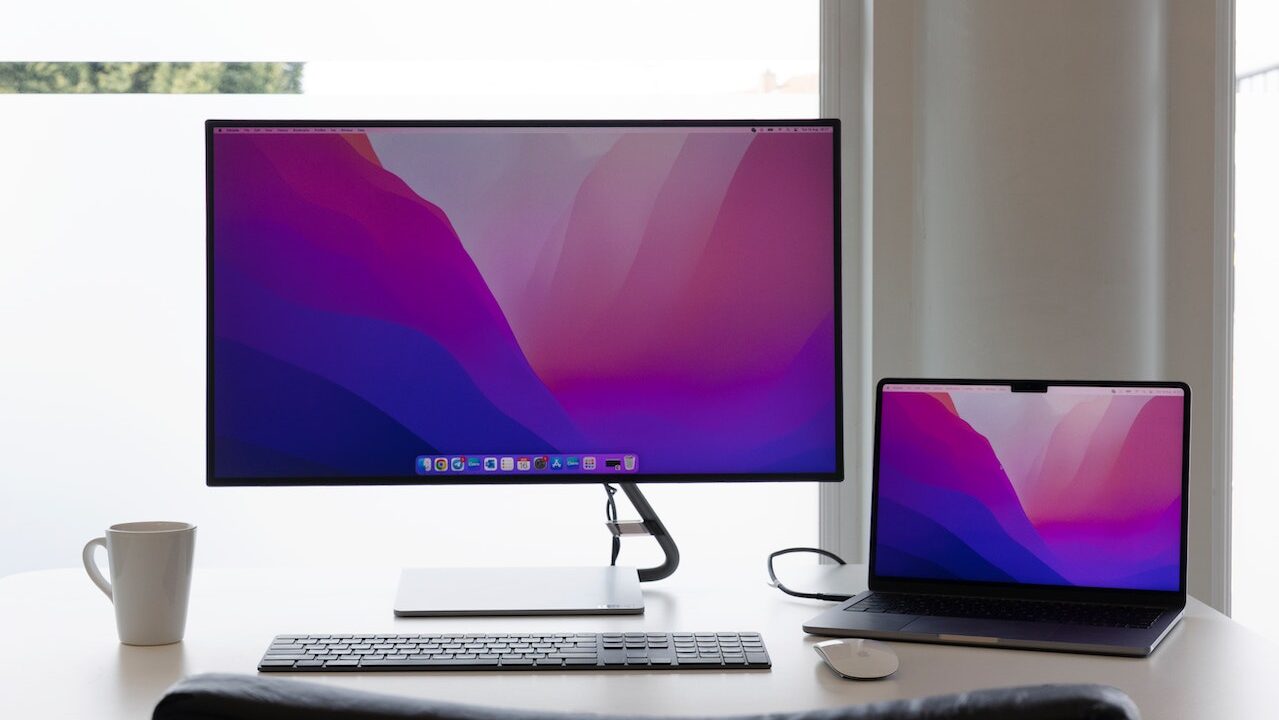
OCR Technology, or optical character recognition, is a technology that scans printed or handwritten text and converts it into digital text that a computer can read. It examines and deciphers text in images and documents with the help of computer vision, pattern recognition, and machine learning. OCR has revolutionized the way we engage with textual material, both in print and digitally. An Overview of Optical Character Recognition
Purpose of OCR Technology
Optical character recognition refers to the application of technology for the purpose of recognizing the differences between typed and handwritten text inside digital representations of actual documents. Optical character recognition (OCR) is a technique that reads text from paper and converts the characters into a computer-readable format for further processing.
OCR is frequently referred to as text recognition. The hardware and software that make up optical character recognition systems are highly effective at translating handwritten documents into digital form. Advanced processing is typically handled by machines, while text is copied or read using hardware like an OCR scanner. More sophisticated methods of intelligent character recognition (ICR), such as recognizing language or handwriting styles, can be applied in software with the help of artificial intelligence.
The most common use of optical character recognition is the digitization of paper documents. When the text is saved digitally, users have the option to make changes, format it, and even scan it. And on forms meant to be read by OCR, “comb fields” (separate containers for users to write each character in directions) are commonly used to encourage individuals to keep characters apart and write legibly.
What is Optical Character Recognition (OCR)?
What we mean when we say “OCR” is “Optical Character Recognition.” The optical character reader (OCR) can read text from digital photographs. Although it has many potential applications, text recognition in scanned documents is where it has seen the most use. Words, numbers, and symbols are just some of the types of text that an OCR system can identify and extract from a digital document. The text may be exported mechanically by some OCR programs, while others may convert the characters into editable text. The text’s font, size, and style on a page can all be exported by a sophisticated OCR tool.
OCR: How Does It Exactly Function?
The initial step of OCR Technology involves scanning a page in order to process its real structure. After all of the pages have been copied, the OCR service converts the text to black and white. The bitmap or scanned image’s white and black pixels are identified. Characters are identified by their darkness, whereas the background is indicated by their whiteness.
There are a few stages to OCR technology. The first step is to use a scanner, camera, or other imaging equipment to capture a picture or document that contains text. The OCR program then examines the image, looks for letters or words, and tries to translate them into digital text. Several methods, including segmentation, feature extraction, and pattern matching, may be used in this transformation.
OCR Varieties: Two primary varieties of OCR exist:
- OCR (Optical Character Recognition) for Handwritten Text:
This form of OCR Technology is optimized for the recognition and digitization of handwritten text. The digitization of historical records, the processing of forms and surveys, and the facilitation of data entry are all typical uses.
- Machine-printed OCR:
This form of OCR Technology is used to digitize and modify paper documents such as books, newspapers, invoices, and receipts. It finds extensive use in data extraction, text recognition, and document management systems.
Challenges
The speed and precision of text recognition have both increased because of developments in OCR technology. Deep learning and neural networks are just two examples of the machine learning techniques that have improved OCR Technology. Handwriting recognition, low image quality, and complex document formats are just a few of the remaining obstacles.
Final Thoughts
In conclusion, OCR technology has significantly improved the efficiency with which data is extracted from and texts are recognized in both printed and handwritten forms. OCR’s continued development has allowed it to expand into new fields and become increasingly important to many.








